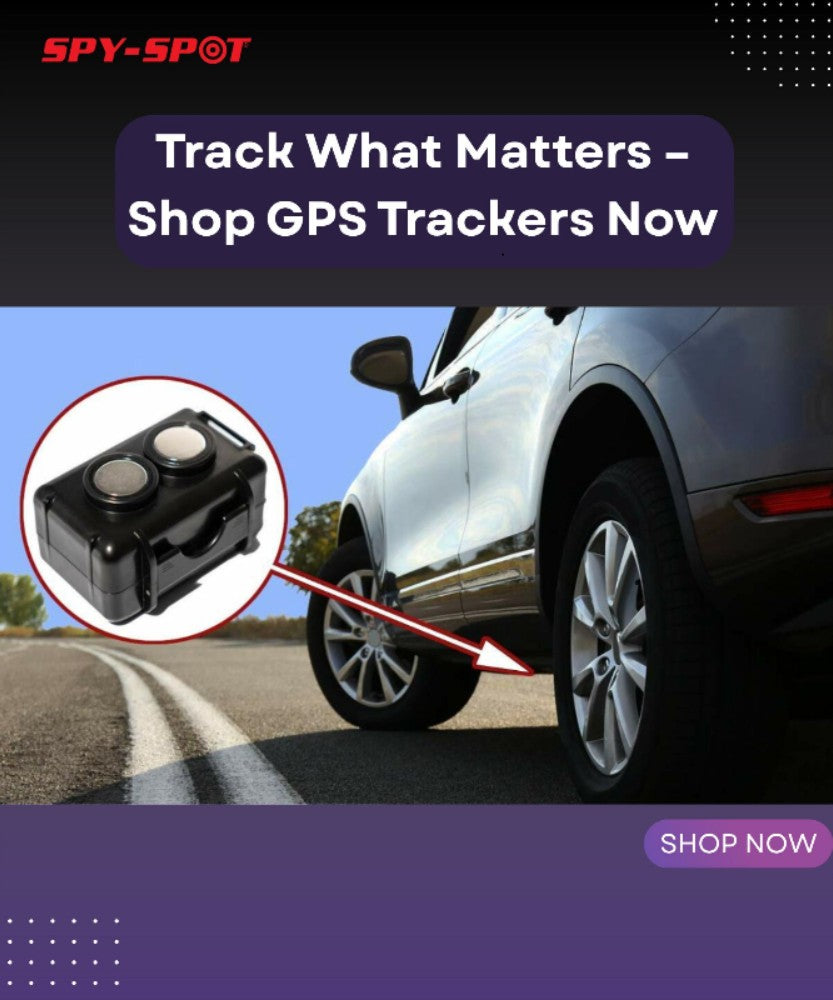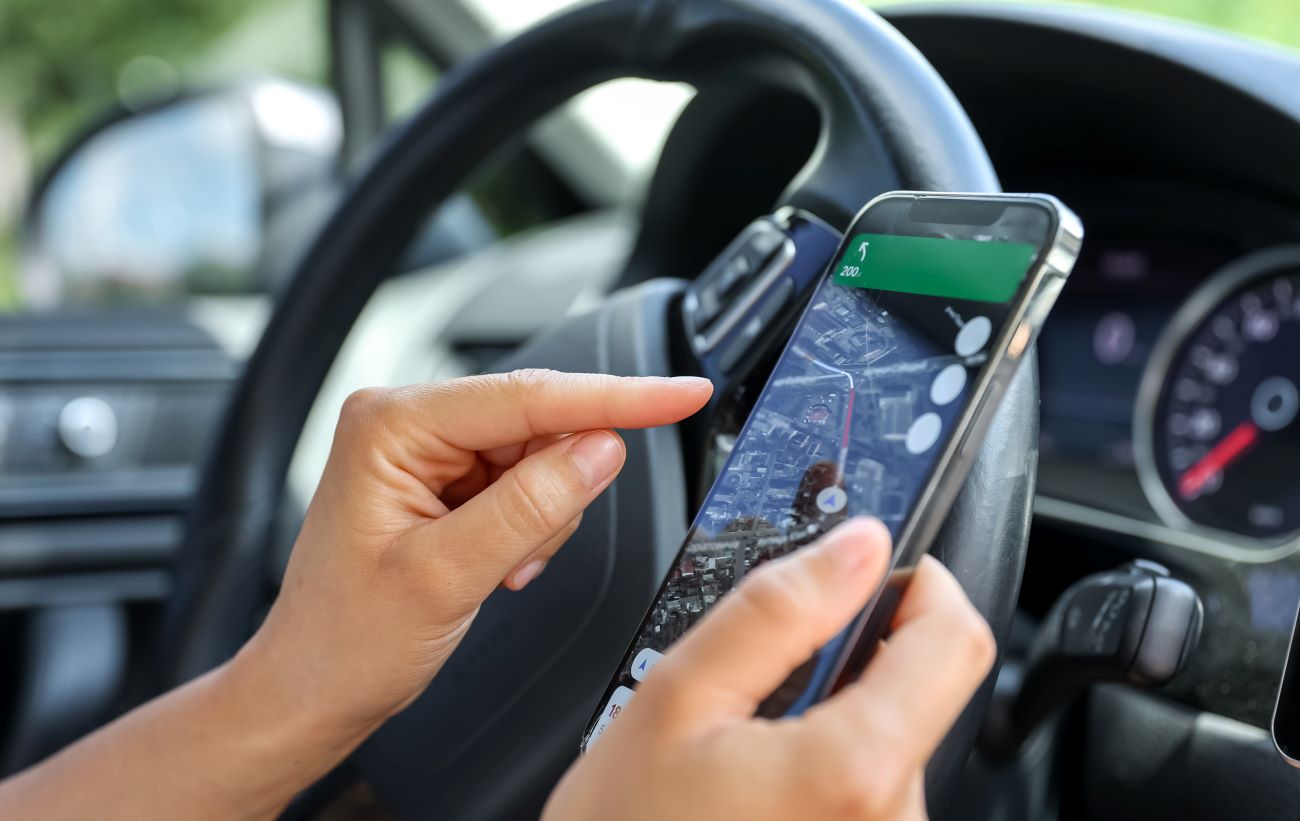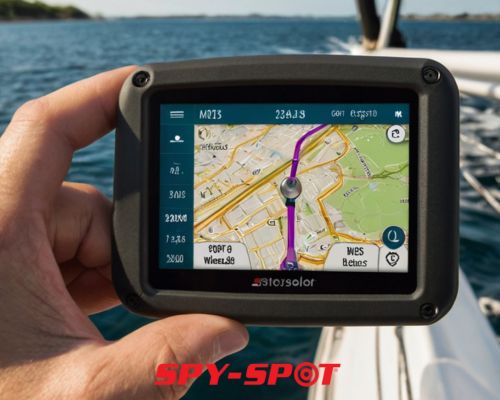Different Methods for Detecting Hidden Trackers on Your Car
In today’s world, vehicle tracking has become a common tool for both legitimate uses and privacy violations. If you suspect your vehicle is being tracked without your consent, it’s important to act fast and know how to identify hidden GPS trackers, USB voice activated recorders, or magnetic trackers. Fortunately, there are a variety of tools and methods available to help you detect these devices, as well as common spots to check on your car. In this guide, we’ll break down how to find a tracker on your car using both high-tech tools and basic physical checks.

1. Use an RF Detector: Scan for Wireless Signals
One of the most effective methods for GPS tracker detection or locating hidden eavesdropping devices is using an RF detector (Radio Frequency detector). RF detectors are specifically designed to pick up signals from devices that emit radio frequencies, including GPS trackers, listening devices, and other types of surveillance equipment. These detectors can help you identify and locate hidden devices quickly by scanning for their wireless transmissions.
How to Use an RF Detector:
-
Scan your vehicle: Begin by turning off any unnecessary electronic devices inside your car to avoid interference. Start scanning the interior and exterior of your vehicle, paying close attention to areas where devices are commonly hidden.
-
Look for strong signals: The RF detector will light up or beep when it detects a signal. If you notice a signal that doesn’t match any of your known electronics (like your phone or car’s Bluetooth), you may be close to a hidden tracker.
-
Common places to scan: Focus on areas like the dashboard, glove compartment, under seats, and the OBD port. If you find a hotspot, you’ve likely located a device.
2. Magnetic Tracker Detectors: Find Hidden Magnetic GPS Trackers
Some GPS trackers are designed to be attached using magnets, making them easy to place on your vehicle without detection. These trackers are typically small, portable, and attach discreetly to the undercarriage or hidden compartments of your car.
How to Use a Magnetic Tracker Detector:
-
Use a probe: Most magnetic GPS tracker detectors come with a probe attachment designed to detect magnetic fields. Simply attach the probe to the detector, and begin sweeping around the car’s exterior.
-
Focus on hard-to-reach spots: Pay special attention to places where thieves might hide a magnetic tracker, such as underneath the car (especially the bumpers and undercarriage), the wheel wells, or under the vehicle’s fenders.
-
Track the signal: If your device detects a magnetic field, it will alert you, letting you know the location of the hidden device.
3. Inspect Common Hiding Spots in the Vehicle
Sometimes, the best way to find a tracker on your car is through physical checks of common hiding spots. While technology like RF detectors and magnetic tracker detectors are incredibly helpful, certain devices can be located simply by looking in the right places.
Common Spots to Check:
-
OBD Port: This is one of the most common spots for GPS tracking devices to be installed. The OBD port (usually located near the driver’s side under the dashboard) can be used to plug in a tracker that monitors your vehicle’s movements. It’s easy to locate, so be sure to check for any unfamiliar devices plugged into the port.
-
Under the Seats: Thieves often hide GPS trackers under the seats or in the seat cushions. Look for any unusual wires or devices that don’t seem like part of the car’s original system.
-
Inside the Trunk: The trunk is another area where trackers might be hidden, especially around the spare tire compartment or inside the trunk lining. Check the trunk carefully for any suspicious devices.
-
Wheel Wells and Undercarriage: Many magnetic GPS trackers are placed on the undercarriage or inside the wheel wells. These are hard-to-reach areas that are difficult to spot but can hide small devices.
4. Use a Bug Detector: Detect More Than Just Trackers
A bug detector can scan for more than just GPS trackers; it can also help you find hidden listening devices, voice recorders, and even cameras. These devices can be used for eavesdropping or surveillance, so if you’re concerned about being watched or listened to, a bug detector can help you uncover any hidden equipment — including devices like the HD WiFi USB Wall Charger Spy Camera that are designed to blend into everyday surroundings.
How to Use a Bug Detector:
-
Activate the device: Turn on your bug detector and set it to scan for frequencies in the range of 1 MHz to 8 GHz (depending on your device’s capabilities). Many bug detectors also come with a camera lens finder that can help you locate hidden cameras.
-
Scan your vehicle: Just like with the RF detector, start scanning both the inside and outside of your vehicle. Focus on areas such as the glove box, behind panels, under seats, or any places that look suspicious.
-
Track down the signals: If the bug detector alerts you to an unusual frequency or signal, follow the sound or light indicator to the exact location of the device.

5. Seek Professional Help if Necessary
If you’ve tried using the above tools and are still unsure whether your car is being tracked, or if you simply want a more thorough inspection, you may want to consult a professional. Many private investigators or security specialists are trained in finding and removing GPS trackers and other surveillance devices.
Conclusion
Detecting a GPS tracker on your car doesn’t have to be a complicated process. By using tools like RF detectors, magnetic tracker detectors, bug detectors, and performing physical checks in the right spots, you can greatly improve your chances of locating a hidden device. If you believe that your privacy has been violated, take action right away and use the tools and techniques described in this guide. Taking steps to protect yourself and your vehicle is always worth the effort.





